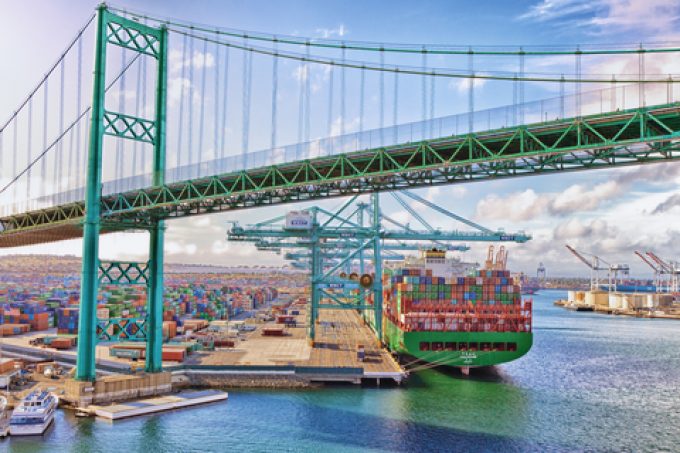
New York last month regained its status as the top container port in the US for import volume, while the non-appearance so far of a peak season brought another double-digit decline in throughput at the top ten gateways.
According to the McCown Report, total containerised imports at the busiest ports last month fell 12.5% year on year, to 1,828,320 teu – the 10th consecutive month where the decrease has been above 10%.
And coastal shift continued at pace during July, with US ...

Comment on this article